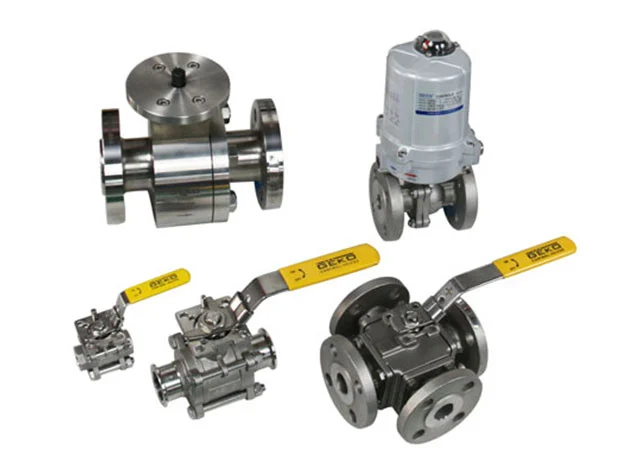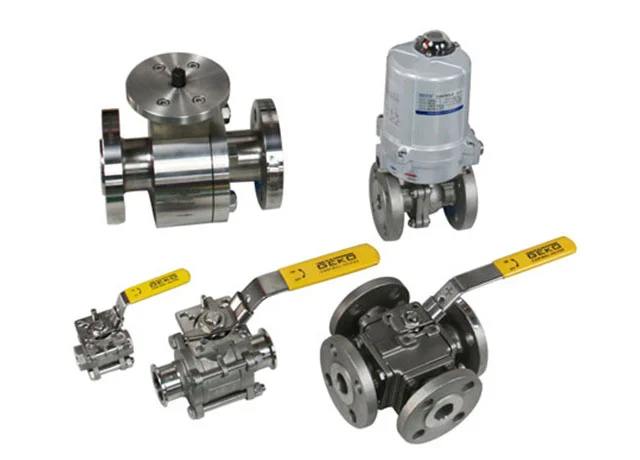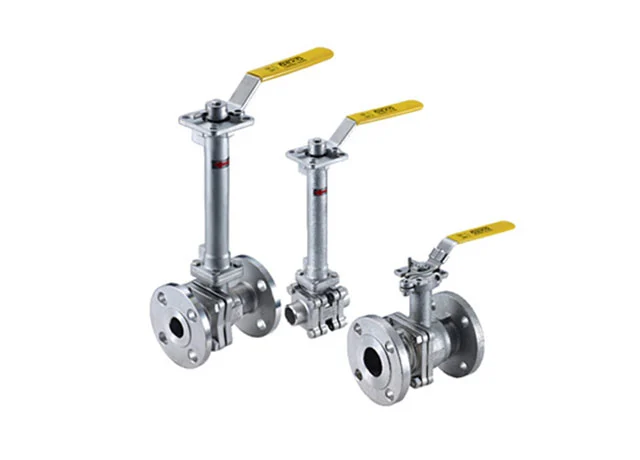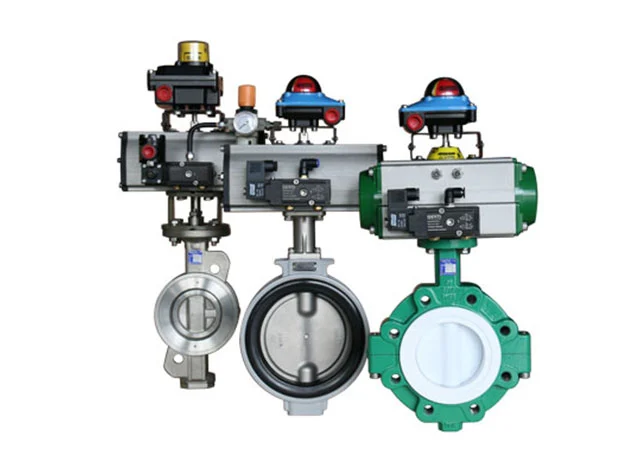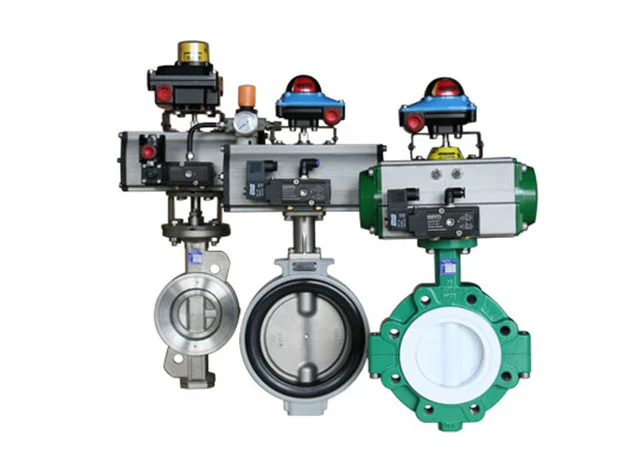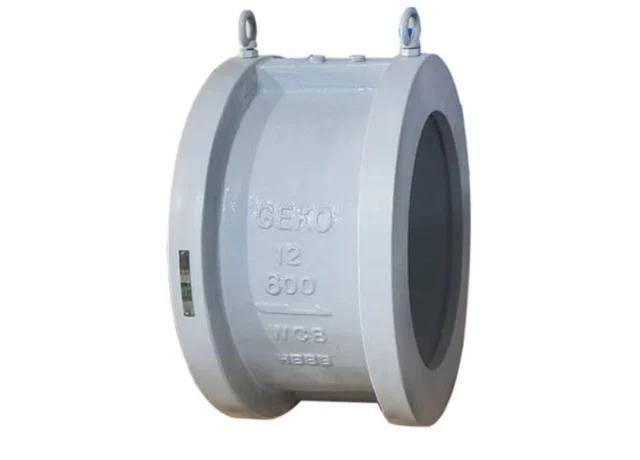Classification Of Ball Valves
Jun 04, 2022
The opening and closing part of the ball valve is a sphere with a circular channel, which rotates around an axis perpendicular to the channel, and the sphere rotates with the valve stem to achieve the purpose of opening and closing the channel. The ball valve can be closed tightly with only a 90-degree rotation operation and a small torque. Different drive devices can be assembled to form ball valves with different control methods according to the needs of working conditions, such as electric ball valves, pneumatic ball valves, hydraulic ball valves and so on.
According to the structure can be divided into:
1. Floating Ball Valve
The ball of the ball valve is floating. Under the action of the medium pressure, the ball can produce a certain displacement and press tightly on the sealing surface of the outlet end to ensure the sealing of the outlet end.
The structure of the floating ball valve is simple and the sealing performance is good, but the load of the ball bearing the working medium is all transferred to the outlet sealing ring, so it is necessary to consider whether the sealing ring material can withstand the working load of the ball medium. This structure is widely used in medium and low pressure ball valves.
2. Fixed Ball Valve
The ball of the ball valve is fixed and does not move after being pressed. The fixed ball valve has a floating valve seat. After being pressurized by the medium, the valve seat moves, so that the sealing ring is tightly pressed on the ball to ensure the sealing. Bearings are usually installed on the upper and lower shafts with the ball, and the operating torque is small, which is suitable for high-pressure and large-diameter valves.
In order to reduce the operating torque of the ball valve and increase the availability of the seal, oil-sealed ball valves have appeared in recent years. Special lubricating oil is injected between the sealing surfaces to form an oil film, which not only enhances the sealing performance, but also reduces the operation. torque, more suitable for high-pressure and large-diameter ball valves.
3. Elastic Ball Valve
The ball of the ball valve is elastic. Both the ball and the valve seat sealing ring are made of metal materials, and the sealing specific pressure is very large. According to the pressure of the medium itself, the pressure cannot meet the sealing requirements, and external force must be applied. This valve is suitable for high temperature and high pressure medium.
The elastic sphere is obtained by opening an elastic groove at the lower end of the inner wall of the sphere to obtain elasticity. When the channel is closed, the wedge head of the valve stem is used to expand the ball and compress the valve seat to achieve sealing. Before turning the ball, loosen the wedge head, and the ball will return to its original shape, so that there is a small gap between the ball and the valve seat, which can reduce the friction and operating torque of the sealing surface.
Commonly used ball valve classification methods are as follows:
According to the size of the pressure: high pressure ball valve, medium pressure ball valve, low pressure ball valve
By flow channel type: full-bore ball valve, reduced-bore ball valve
By channel position: straight-through, three-way, right-angle
According to the temperature: high temperature ball valve, normal temperature ball valve, low temperature ball valve, ultra-low temperature ball valve
According to the sealing form: soft sealing ball valve, hard sealing ball valve
Assembly by stem: top entry ball valve, side entry ball valve
According to the connection form: flanged ball valve, welded ball valve, threaded ball valve, clamp ball valve
According to the driving method: manual ball valve, automatic control ball valve (pneumatic ball valve, electric ball valve, hydraulic ball valve)
By caliber size: super large diameter ball valve, large diameter ball valve, medium diameter ball valve, small diameter ball valve.
Read More


